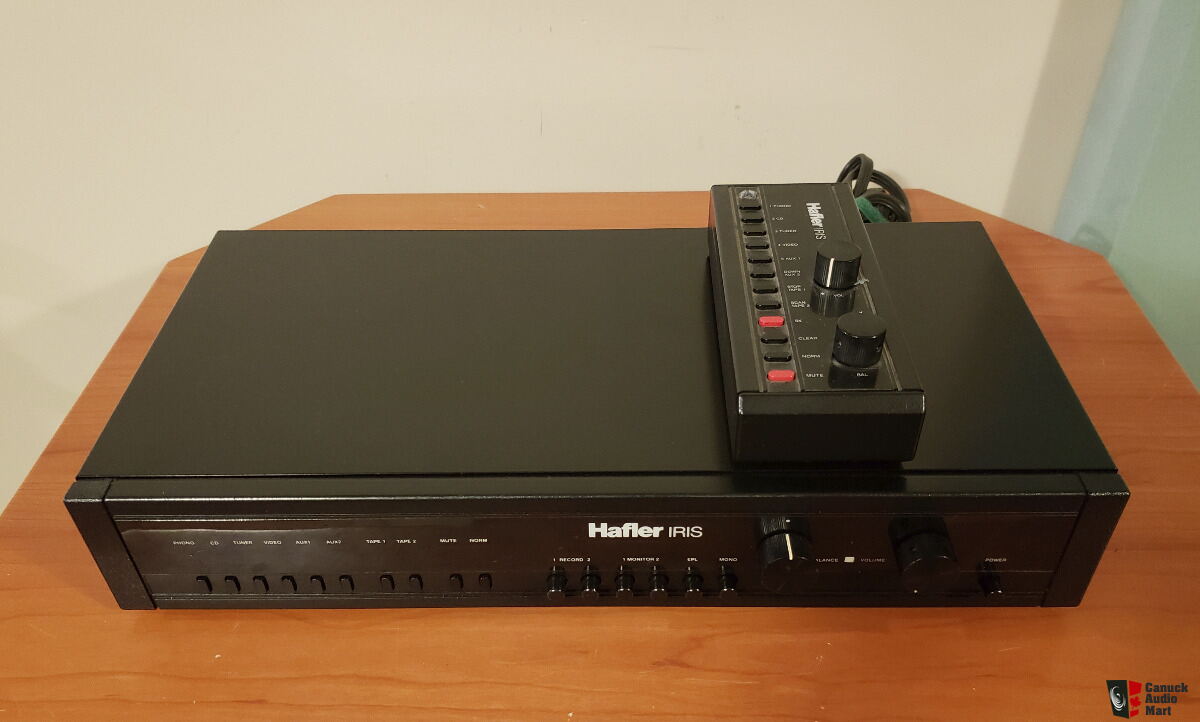- tone - must be natural
- dynamic range - must be able to sound laid back and gentle but scale up to explosive forces fast, as fast as demanded by the recording
- low noise floor
- Texture in the bass
- warm and palpable mids
- extended and sweet highs
- nice, non-clicking silent volume control (want to be able to adjust volume without hearing any clicking or other artifacts)
- must image well and create a realistic and colorful soundstage
These are the attributes are what I look for in an amp, except the clicking volume.
I have 2 great preamp volume controls and like the clicking one the best. Though a smooth heavy wheel volume control is luxurious.
BTW - The new SimAudio North Collection seems to have a very advanced remote volume.


